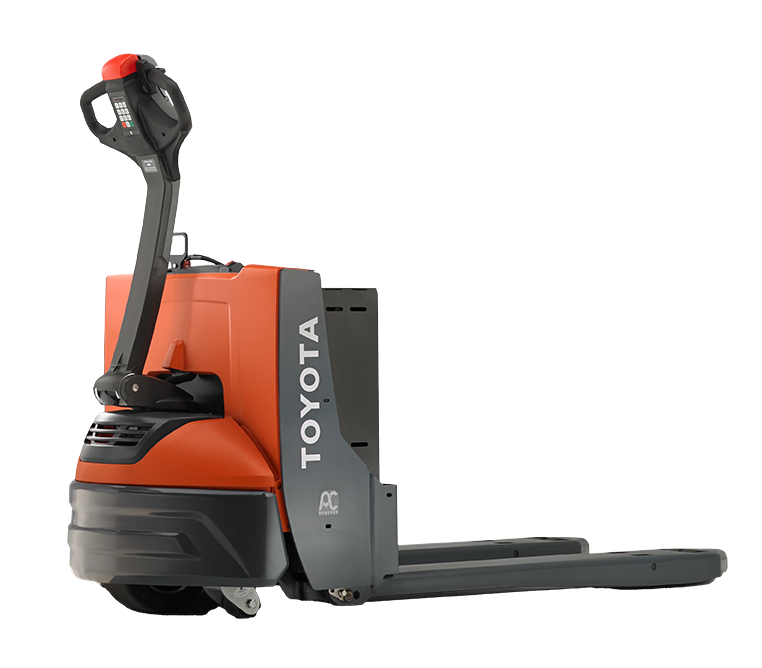When selecting a Hay Clamp, several critical factors come into play. It's essential to consider each aspect carefully to ensure that you choose the right equipment for your needs.
Quality and Material
Material: Look for hay clamps made of high-strength steel. This material ensures durability and longevity. The quality of the material directly impacts the clamp's ability to withstand heavy loads and harsh working conditions.
Build Quality: Assess the build quality. A well-constructed hay clamp should have robust welding, no apparent defects, and should be able to handle the stress of regular use without deforming or breaking.
Size and Specifications
Clamp Size: The size of the clamp should match the typical size of your hay bales. A clamp that's too small or too large can be inefficient and potentially damage the hay.
Weight Capacity: Check the maximum weight capacity of the clamp. It should comfortably handle the weight of your heaviest bales without strain.
Opening Range: Ensure the clamp has a suitable opening range to accommodate different bale sizes. This feature adds versatility to your operations.
Efficiency and Speed
Operation Speed: Look at the clamp's operation speed. A faster clamp can significantly increase efficiency, especially in high-volume settings.
Hydraulic Requirements: Understand the hydraulic power requirements. Ensure your tractor or loader can meet these requirements without overloading its system.
Cost and Value
Price: Compare the price of various hay clamps. While it's tempting to go for cheaper options, balance the cost against the features and quality offered.
Cost-Efficiency: Evaluate how the hay clamp can improve operational efficiency. A more expensive model might justify its cost through better performance and durability.

Lifespan and Maintenance
Durability: Check the expected lifespan of the clamp. Higher quality materials and construction generally lead to a longer usable life.
Maintenance Requirements: Consider the ease of maintenance and the availability of spare parts. A hay clamp that is easy to maintain and repair can reduce downtime and long-term costs.
Advantages and Limitations
Strengths: Identify the specific advantages of the hay clamp models you are considering. This could include superior grip, ease of operation, or adaptability to different tasks.
Limitations: Be aware of any potential drawbacks. For example, some clamps might be heavier, which could affect fuel efficiency, or have limited opening ranges, restricting their versatility.